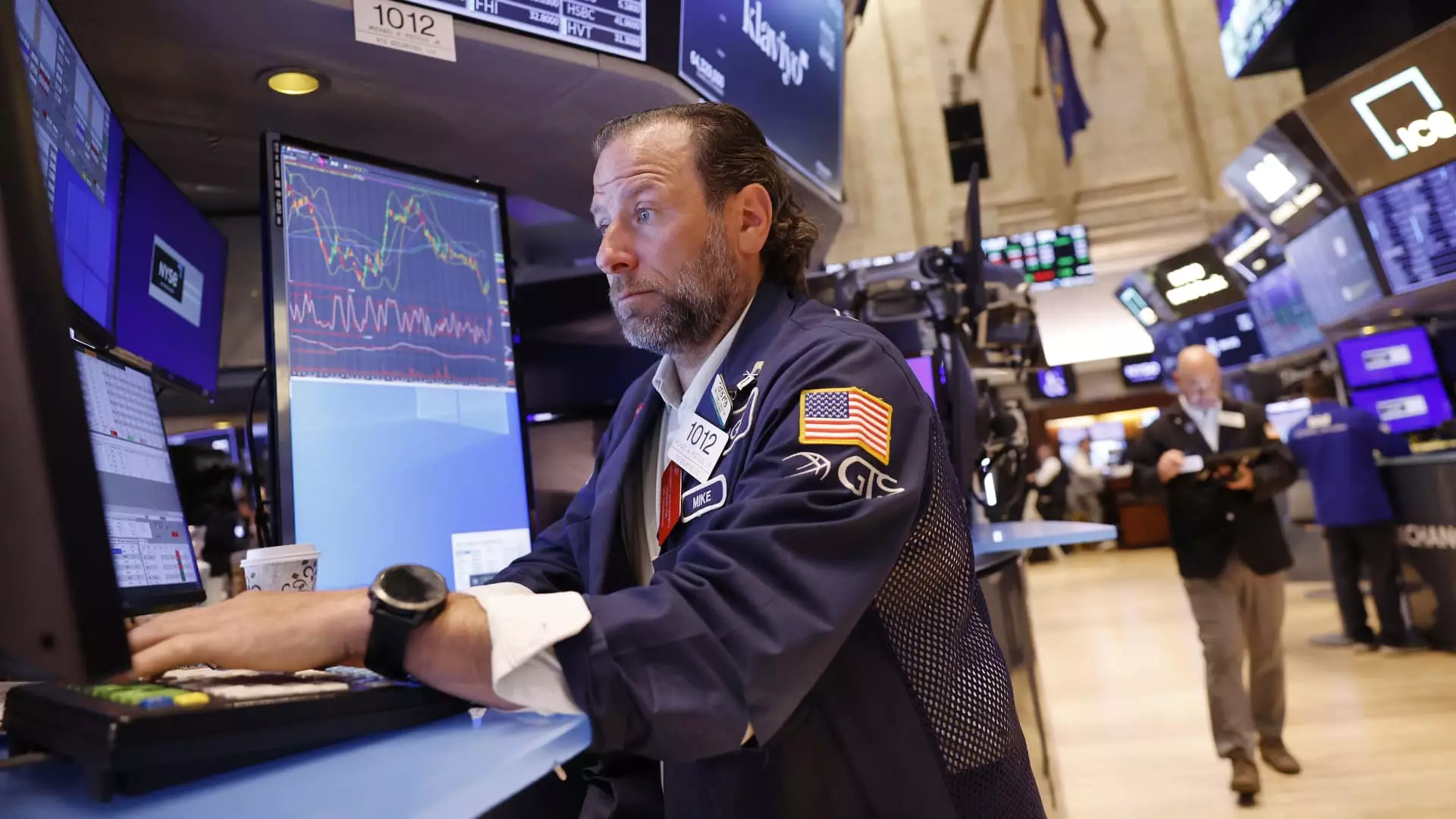The Federal Reserve is facing a critical decision regarding its monetary policy and interest rates. Fund manager Freddie Lait believes that the only reason the Fed might consider cutting rates is to assist the U.S. in covering interest payments for the national debt. This perspective brings into question the current rate trajectory and the potential impact on the economy.
Interest Rate Expectations
As the Federal Reserve prepares for its monetary policy decision, traders are pricing in a 50% chance of a rate cut happening as early as September. The Fed is expected to maintain its benchmark overnight borrowing rate in a range between 5.25% – 5.5%. The market anticipates only one quarter-percentage-point reduction by the end of the year. This raises concerns about the rationale behind a rate cut in a period of economic recovery and inflation stabilization.
The U.S. government is facing increasing challenges in servicing its mounting debt, which has been exacerbated by rapid interest rate hikes, tax cuts, and stimulus programs. Government spending on interest payments is projected to reach $870 billion this year, a substantial uptick from the previous year. The growth in debt servicing costs raises questions about the sustainability of the current fiscal trajectory.
Freddie Lait warns that the exponential growth in government spending on U.S. debt could pose significant challenges for the upcoming presidential administration. The dilemma lies in either withdrawing stimulus programs or further increasing borrowing to address the fiscal deficit. The mounting debt burden may deter international investors, leading to higher yields or reduced government spending as potential solutions.
Debt Accessibility and Market Response
Lait acknowledges the historical increase in debt-to-GDP ratios over the years and the market’s ability to navigate fluctuations in debt levels. However, he emphasizes the importance of monitoring the growth in interest payments as a key indicator of the debt’s impact on the economy. The construction and evolution of national debt warrant closer scrutiny to understand the implications for future economic stability.
The Federal Reserve’s decision on interest rates carries significant implications for the U.S. economy’s stability and debt servicing capabilities. The balance between supporting economic growth and managing debt obligations presents a complex challenge for policymakers. The trajectory of interest rates and the government’s approach to debt management will shape the economic outlook for years to come. It remains to be seen whether the Fed will prioritize short-term stimulus or long-term debt sustainability in its decision-making process.


Leave a Reply